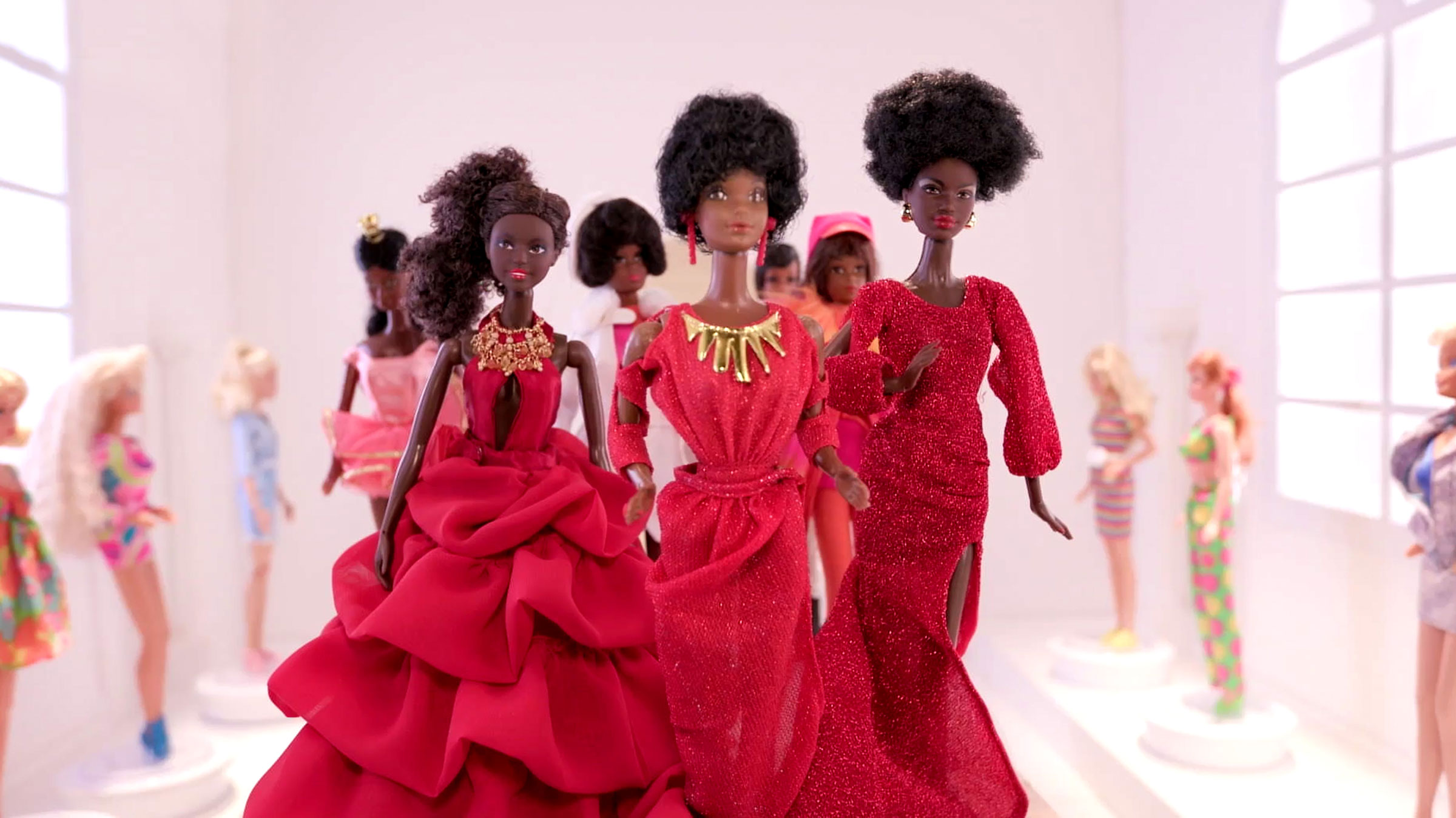Netflix Documentary Tells the Story of the First Black Barbie

Juneteenth, the holiday commemorating the day enslaved people in Texas first learned of their emancipation, is a time for Americans to reflect on the progress made since 1865 and the work that still needs to be done. One aspect to consider is how Black people are portrayed in American culture.
A Netflix documentary titled *Black Barbie*, set to be released on Juneteenth (June 19), aims to playfully spark these conversations.
The film delves into the creation of the first Black Barbie doll in 1980 and features Black celebrities who had Barbie dolls made in their likeness. These include television mogul Oprah Winfrey, who is the film’s producer, ballet star Misty Copeland, and Olympic fencer Ibtihaj Muhammad, all of whom discuss their experiences breaking barriers in their respective fields. Psychology experts also contribute their insights on the importance of Black children having access to dolls that reflect their own identities. The documentary’s director, Lagueria Davis, hopes viewers will see that Black Barbies represent “one lens on what it means to be black in America.”
Davis begins the film by confessing that she disliked playing with dolls as a child growing up in Fort Worth, Texas. However, after moving to Los Angeles to pursue a career in Hollywood, she lived with her aunt Beulah Mae Mitchell, whose home was filled with dolls. Mitchell, a lifelong doll enthusiast, transitioned from crafting dolls out of glass jars as a child to working at Mattel, initially on the factory line and later as a receptionist from 1955 to 1999.
In the early 1960s, after the release of the first Barbie in 1959, Mitchell encountered Barbie inventor Ruth Handler. Handler, known for engaging with factory employees to gather ideas, was approached by Mitchell with a suggestion to create a Black version of the doll.
A factory for dolls with Black features
While Mitchell’s initial proposal didn’t materialize, Mattel introduced Black “friends of Barbie” named Christie and Francie in the late 1960s. Concurrently, Mattel created a doll named Julia, inspired by TV star Diahann Carroll, and even provided funding for a factory called the Shindana toy factory, which spearheaded the production of Black dolls with realistic features.
The factory’s founders, Lou Smith and Robert Hall, were motivated by the prevalent poverty and unemployment in South Los Angeles. In the documentary, Smith’s son explains that his father’s solution was to create accurate Black dolls to foster “a positive self image” among Black children.
However, none of these dolls bore the Barbie brand until 1980, when Mattel hired a Black designer named Kitty Black Perkins. Perkins, noticing Mitchell’s advancement to a corporate office position, struck up a friendship with her, leading to a conversation about the possibility of a Black Barbie. In the documentary, Mitchell recalls Perkins approaching her and asking, “Don’t you think they should be able to make a doll of Black features?”
In a heartwarming moment, Perkins and Mitchell reunite in the film. Perkins explains how she designed Black Barbie to be “the complete opposite” of blonde Barbie, incorporating a thick necklace and a wrap skirt with a side opening, inspired by R&B star Diana Ross’s dresses. Perkins shares that she recruited Mellie Phillips, a Black Mattel doll hair designer, to create an afro for Black Barbie. Another Black Mattel employee suggested making the doll’s lips fuller and nose wider.
To understand Black girls’ perceptions of Black Barbies compared to white, blonde Barbies, the film features a focus group of children assembled by Amirah Saafir, a developmental psychologist and professor at California State University, Fullerton. When therapist Yeshiva Davis asks the girls to choose the prettiest Barbie from a selection, one Black girl picks out the Black Barbie named “Brooklyn” and explains that she’s the prettiest “because she has Black skin like all of us.”
Davis, who now describes herself as a doll enthusiast, hopes viewers will take away from the documentary the understanding that Barbie is the quintessential American doll. Mattel’s website claims Barbie is available in over 100 ethnicities. By showcasing the collaborative efforts of Black employees at Mattel in creating the first Black Barbie, Davis aims to provide a tangible illustration of the significance of “representation matters.” As Davis explains to TIME, “We say ‘representation matters,’ but I feel like that’s just a catchphrase, a buzzword. What our film does is it shows how it can work.”
